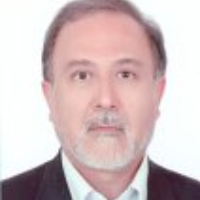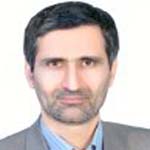مقالات رزومه «دکتر علی اکبر مومن»
-
-
-
-
-
-
مطالعه مورد- شاهدی ارتباط بین کم خونی و تشنج ناشی از تب درکودکان 9 ماهه تا 5 ساله در بیمارستانهای گلستان و ابوذر شهرستان اهواز (1379-1378)CASE - CONTROL STUDY OF THE RELATIONSHIP BETWEEN ANEMIA AND FEBRILE CONVULSION IN CHILDREN BETWEEN 9 MONTHS TO 5 YEARS. OF AGE
-
ناهمگونی در شکل شدید دیستروفی عضلانی مادرزادی
فهرست مطالب این نویسنده: 17 عنوان
- : 1
نویسندگان همکار
بدانید!
- این فهرست شامل مطالبی از ایشان است که در سایت مگیران نمایه شده و توسط نویسنده تایید شدهاست.
- مگیران تنها مقالات مجلات ایرانی عضو خود را نمایه میکند. بدیهی است مقالات منتشر شده نگارنده/پژوهشگر در مجلات خارجی، همایشها و مجلاتی که با مگیران همکاری ندارند در این فهرست نیامدهاست.
- اسامی نویسندگان همکار در صورت عضویت در مگیران و تایید مقالات نمایش داده می شود.



